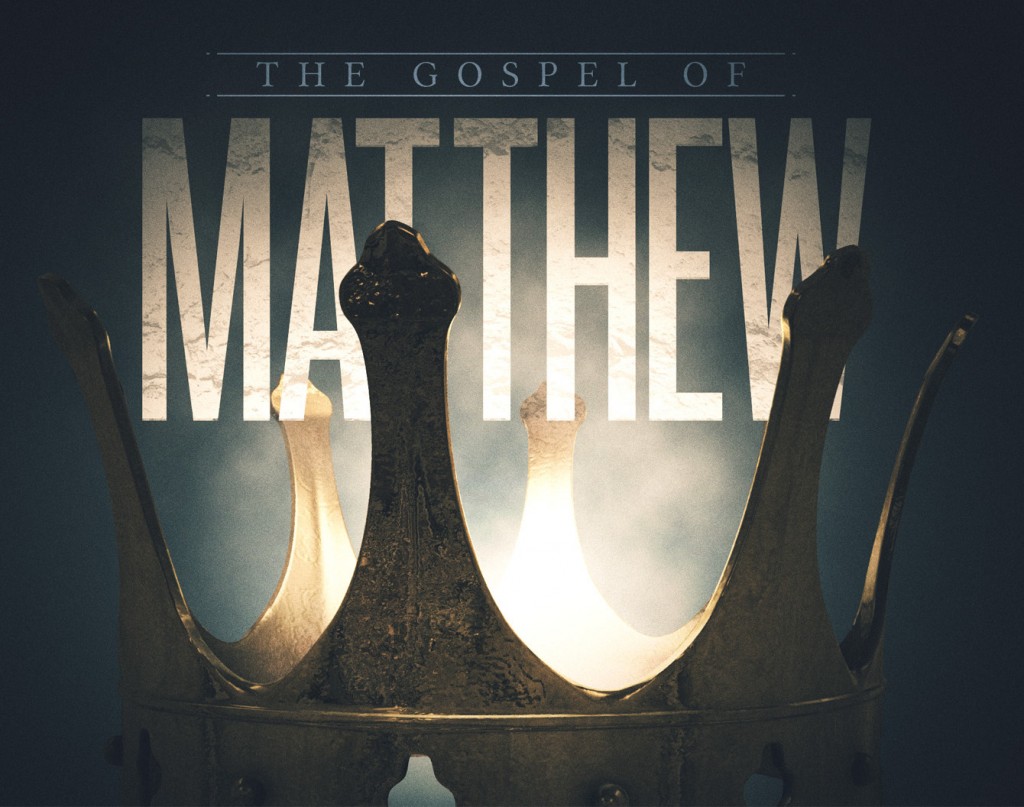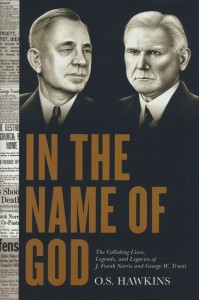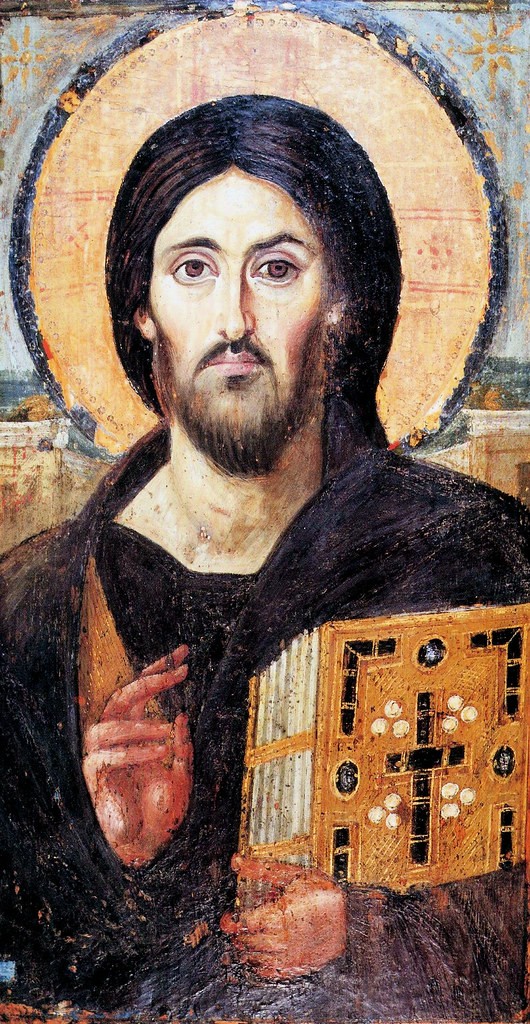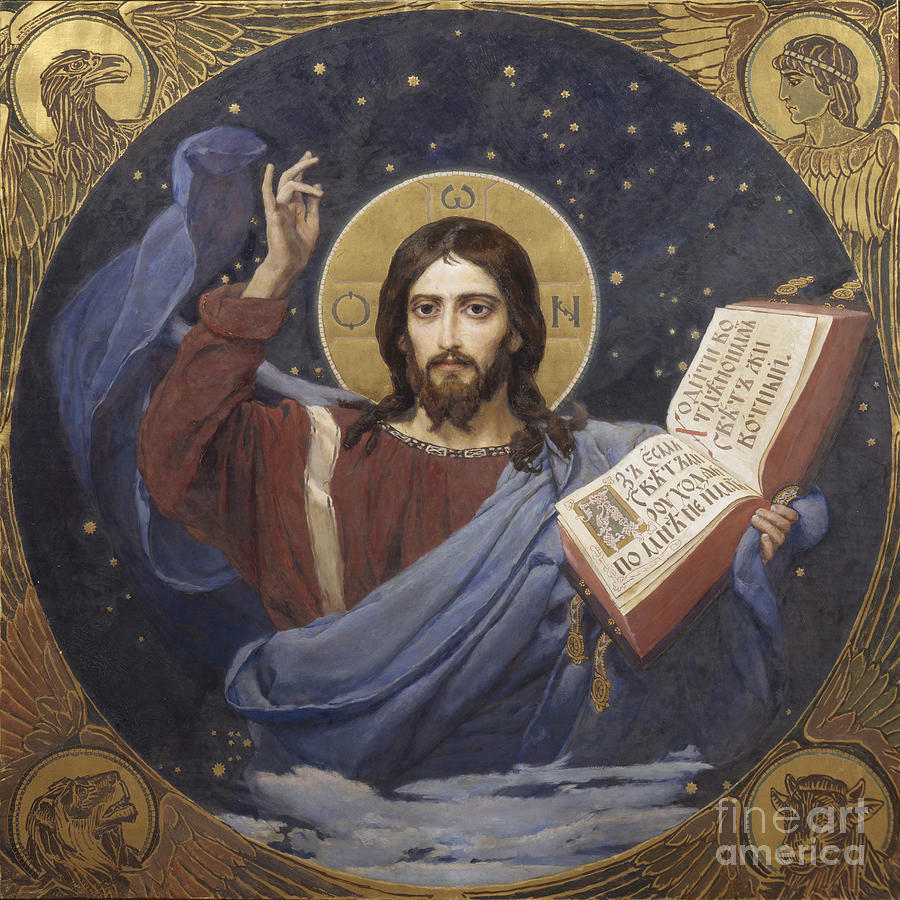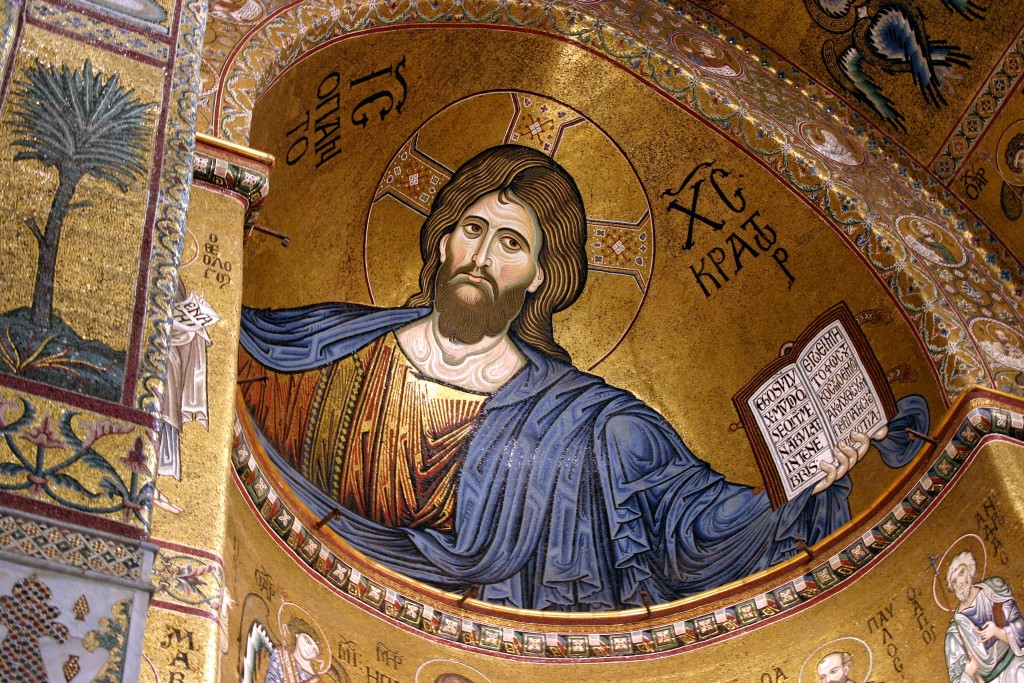
Luke 1
26 In the sixth month the angel Gabriel was sent from God to a city of Galilee named Nazareth, 27 to a virgin betrothed to a man whose name was Joseph, of the house of David. And the virgin’s name was Mary. 28 And he came to her and said, “Greetings, O favored one, the Lord is with you!” 29 But she was greatly troubled at the saying, and tried to discern what sort of greeting this might be. 30 And the angel said to her, “Do not be afraid, Mary, for you have found favor with God. 31 And behold, you will conceive in your womb and bear a son, and you shall call his name Jesus. 32 He will be great and will be called the Son of the Most High. And the Lord God will give to him the throne of his father David, 33 and he will reign over the house of Jacob forever, and of his kingdom there will be no end.” 34 And Mary said to the angel, “How will this be, since I am a virgin?” 35 And the angel answered her, “The Holy Spirit will come upon you, and the power of the Most High will overshadow you; therefore the child to be born will be called holy—the Son of God. 35 And the angel answered her, “The Holy Spirit will come upon you, and the power of the Most High will overshadow you; therefore the child to be born will be called holy—the Son of God. 36 And behold, your relative Elizabeth in her old age has also conceived a son, and this is the sixth month with her who was called barren. 37 For nothing will be impossible with God.” 38 And Mary said, “Behold, I am the servant of the Lord; let it be to me according to your word.” And the angel departed from her.
In the middle of the 20th century, the British poet John Betjeman wrote a famous poem about Christmas. In the poem, he reflects on his memories of Christmas: the decorations, the glow of fires, family and friends gathering to celebrate, the bustle of shops and commerce, the festivities. But after listing all of these nice memories of the trappings of Christmas and as he approaches the conclusion of the poem he pivots to a question:
And is it true? And is it true,
This most tremendous tale of all,
Seen in a stained-glass window’s hue,
A Baby in an ox’s stall ?
The Maker of the stars and sea
Become a Child on earth for me ?
And is it true ?…[1]
He goes on to conclude that if the answer is yes, and if, in fact, “this most tremendous tale” is true, then nothing can compare to that fact.
I like that. And I agree. If the Christmas story is true, if it actually happened as the scriptures say, then all the things we love about Christmas pale in comparison to the truthfulness of the story.
“And is it true?…And is it true?”
The scriptures answer Yes! And the account of the annunciation, of the angel’s announcement to Mary in Luke 1, bears this fact out.
Charles Erdman wrote in 1929 that the verses of our passage constitute “the crown of all prophecy and…reveal…the supreme mystery of the Christian faith, namely, the nature of our Lord, at once human and divine.”[2] I like that too! That too is true!
Let us consider this true and amazing story.

